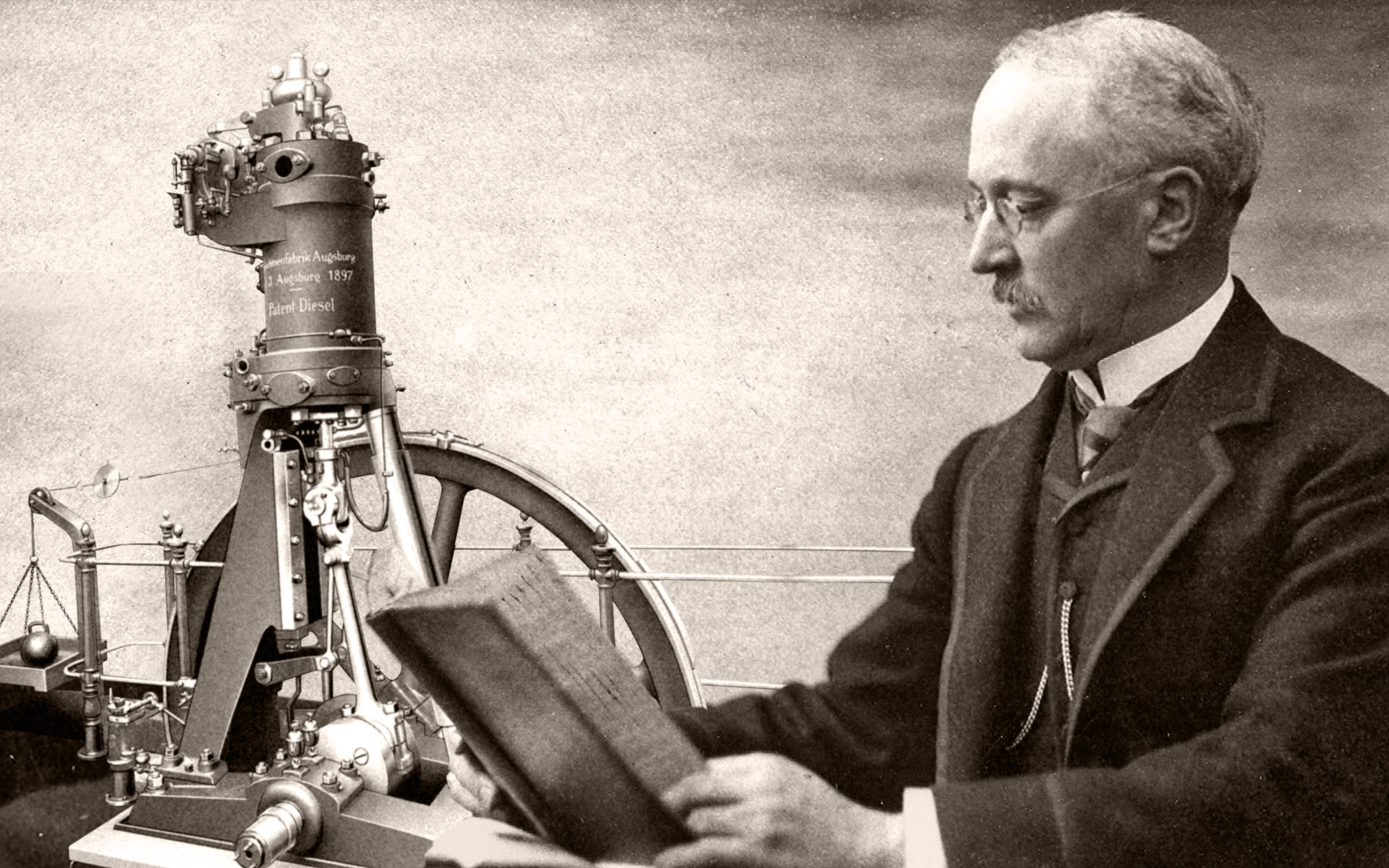
An engine with explosive power
For years, Rudolf Diesel worked on developing a high-efficiency engine. 130 years ago, the day finally arrived: On 23rd February 1893, the scientist was granted the patent for the diesel engine named after him – marking the advent of a model that would go on to enjoy worldwide success.
Rudolf Diesel was born in Paris on 18th March 1858. His father, a trained bookbinder, worked there as a leather goods manufacturer. When the Franco-Prussian War broke out in 1870, the family had to leave France. The Diesels moved to London, but twelve-year-old Rudolf was soon sent to live with relatives in Augsburg. This is where he attended first trade school and then industrial school, both with great success. Thanks to a scholarship, he was able to study at the Technical University of Munich. In 1880, he graduated with grades that surpassed those of all previous students.
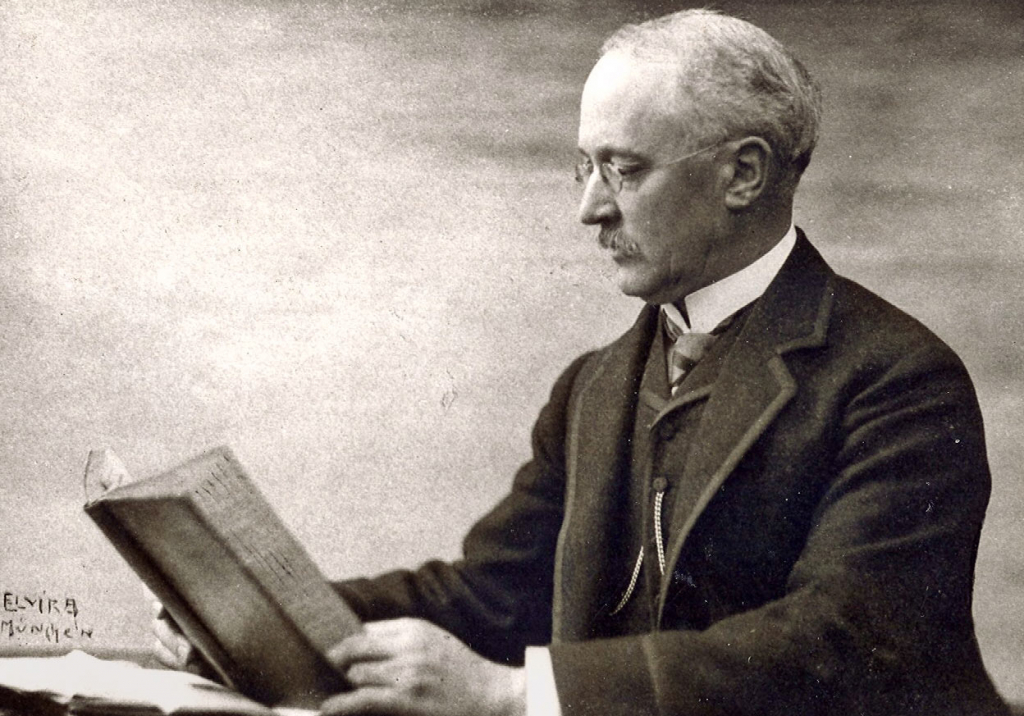
The diesel engine, named after its inventor Rudolf Diesel, celebrated its 130th birthday on 23rd February 2023. It was exactly on this day in 1893 that the Imperial Patent Office in Berlin granted the engineer the patent numbered 67207.
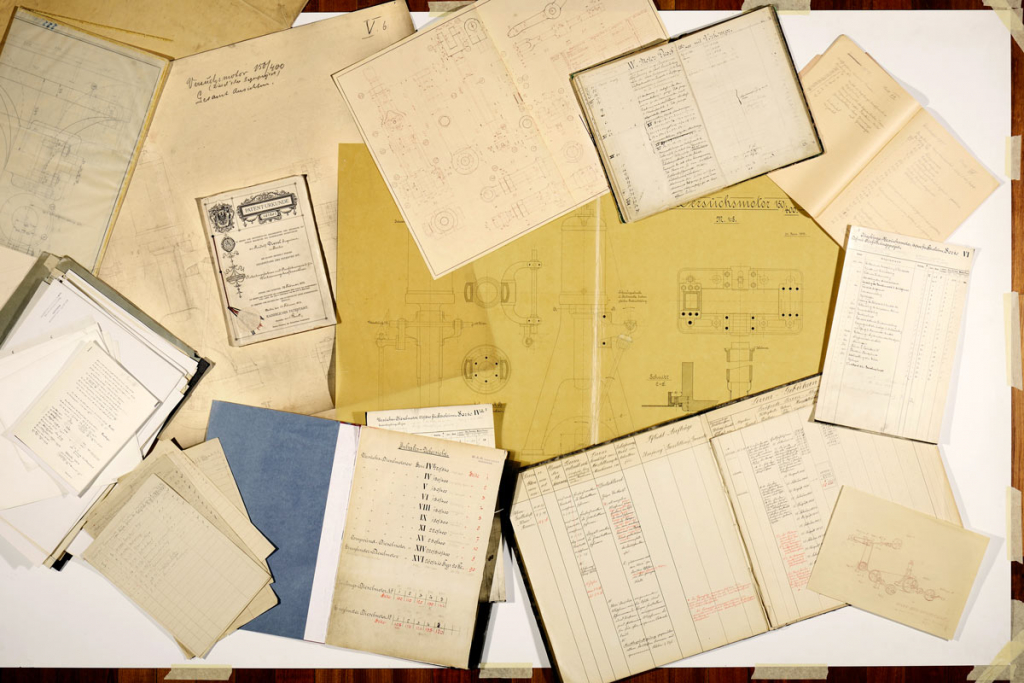
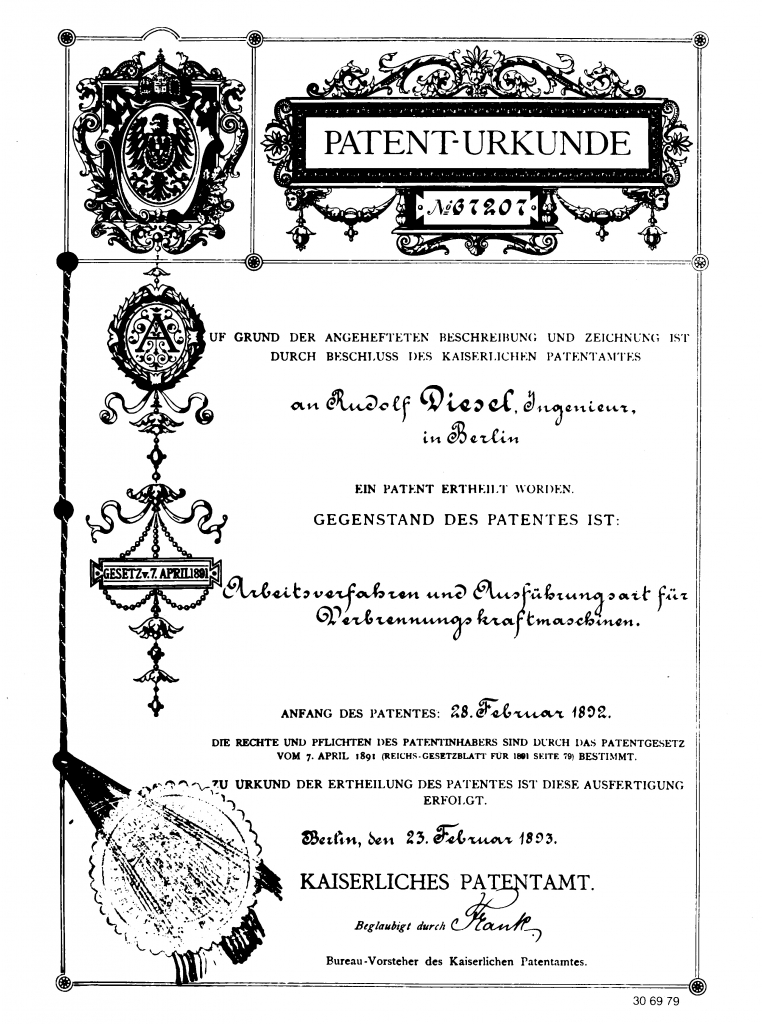
The patent he applied for was for a “working method and type of equipment for internal combustion engines”, and shortly after approval, the diesel era began. Rudolf Diesel’s developments were always accompanied and supported by Maschinenfabrik Augsburg. This is not the only reason why MAN opted for direct injection in commercial vehicle diesel engines right from the start.
The inspiration for the engine he would go on to invent came to Rudolf Diesel during a lecture on thermodynamics when he was a mechanical engineering student at the Technical University of Munich. He learned about the efficiency of a steam engine, which was used to provide propulsion for many purposes at the time, and about the theory of French physicist Sadi Carnot (1796–1832). Carnot’s cycle promised a much higher energy yield. Rudolf Diesel noted in his college notebook at the time: “Study whether or not it is possible to implement the isotherm (Carnot process) in practice.” That was in 1878.
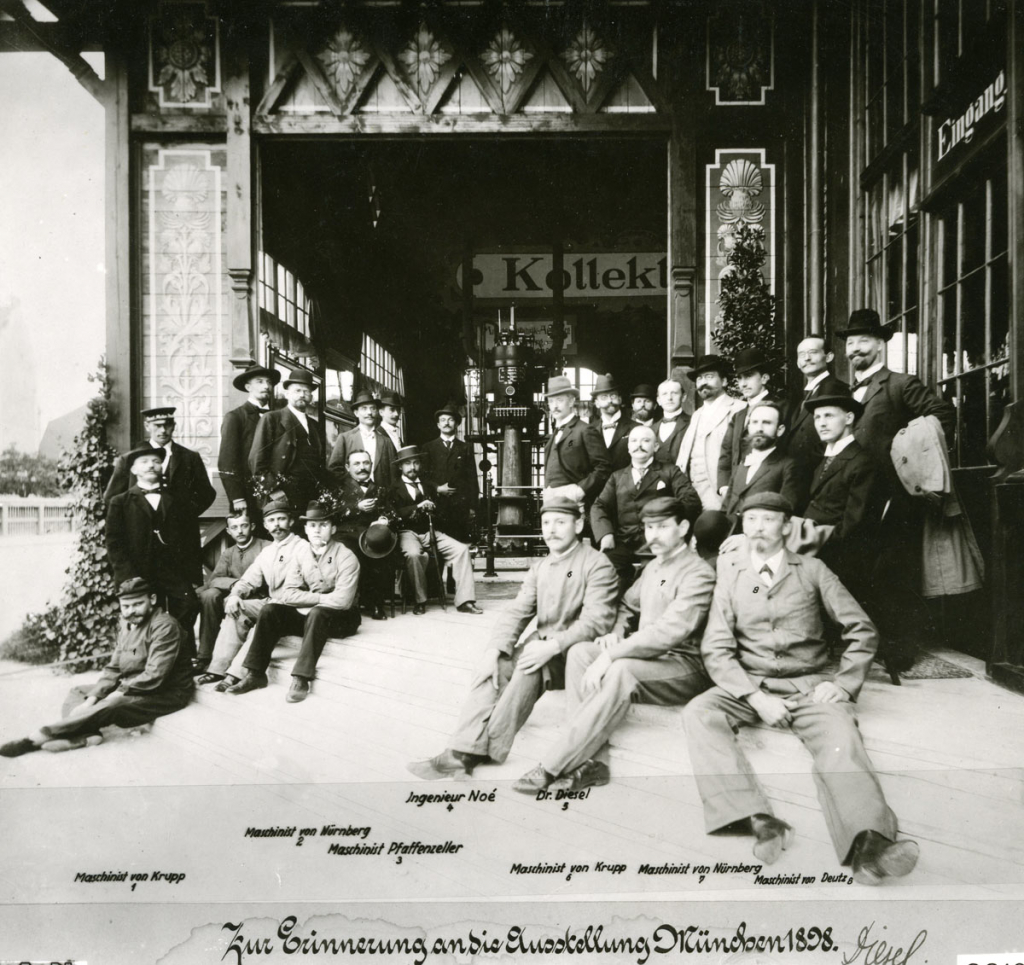
MAN played a significant role in the ultimate success of the diesel engine invented by Rudolf Diesel. According to experts, it is to the credit of Maschinenfabrik Augsburg Nuremberg that the “first usable diesel engine was developed and brought to market through hard work and overcoming immense difficulties”.
The diesel engine received its first award at the 1900 Paris Exhibition, and from then on enjoyed unprecedented success. From the turn of the century onwards, the diesel engine gradually became established all over the world.
Seit der Aufnahme des Baus von Diesel-Motoren (einschließlich der Lizenznehmer) hat MAN bis Ende 1992 Motoren mit einer Gesamtleistung von knapp 500 Millionen PS produziert. Außerdem den leistungsstärksten Schiffsdiesel dieser Welt, ein Zwei-Takt-Motor – MAN B&W – mit knapp 70.000 PS.
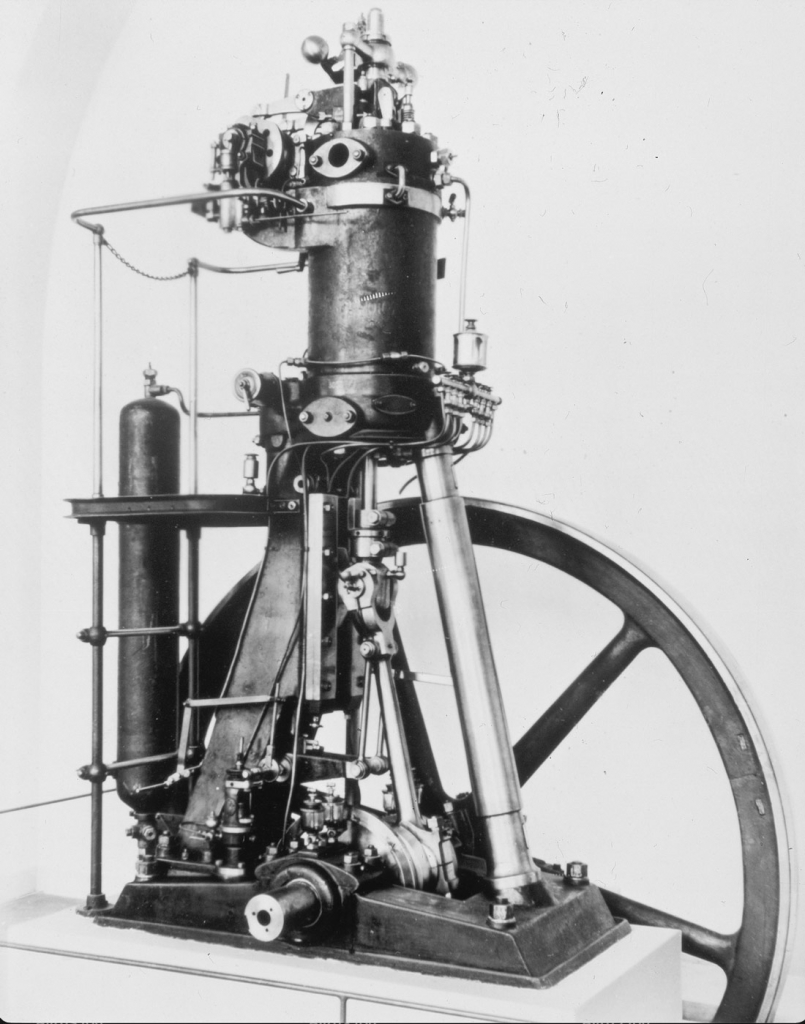
Im Jahr 1923 lief bei MAN der erste vollbetriebsfähige Fahrzeug-Diesel vom Band. Ein Jahr später, 1924, feierte der MAN Lkw erstmals auf der deutschen Automobilausstellung in Berlin Premiere.

What would inventor Rudolf Diesel have said if he had known that around 130 years later, also in Berlin, MAN would take a decisive step into the future of e-mobility with the launch of an all-electric MAN vehicle?
From the past to the present, and directly to the future of e-mobility – the future is here; you can find out all you need to know about the MAN eTruck here.
Oldtimer in the MAN-museum Augsburg
Many beloved classic cars are on show at the MAN Museum in Augsburg. The diesel model is also on display there. Take the virtual tour to get an insight into the exhibition.
Curious? You can find everything you need to know about the MAN Museum here: